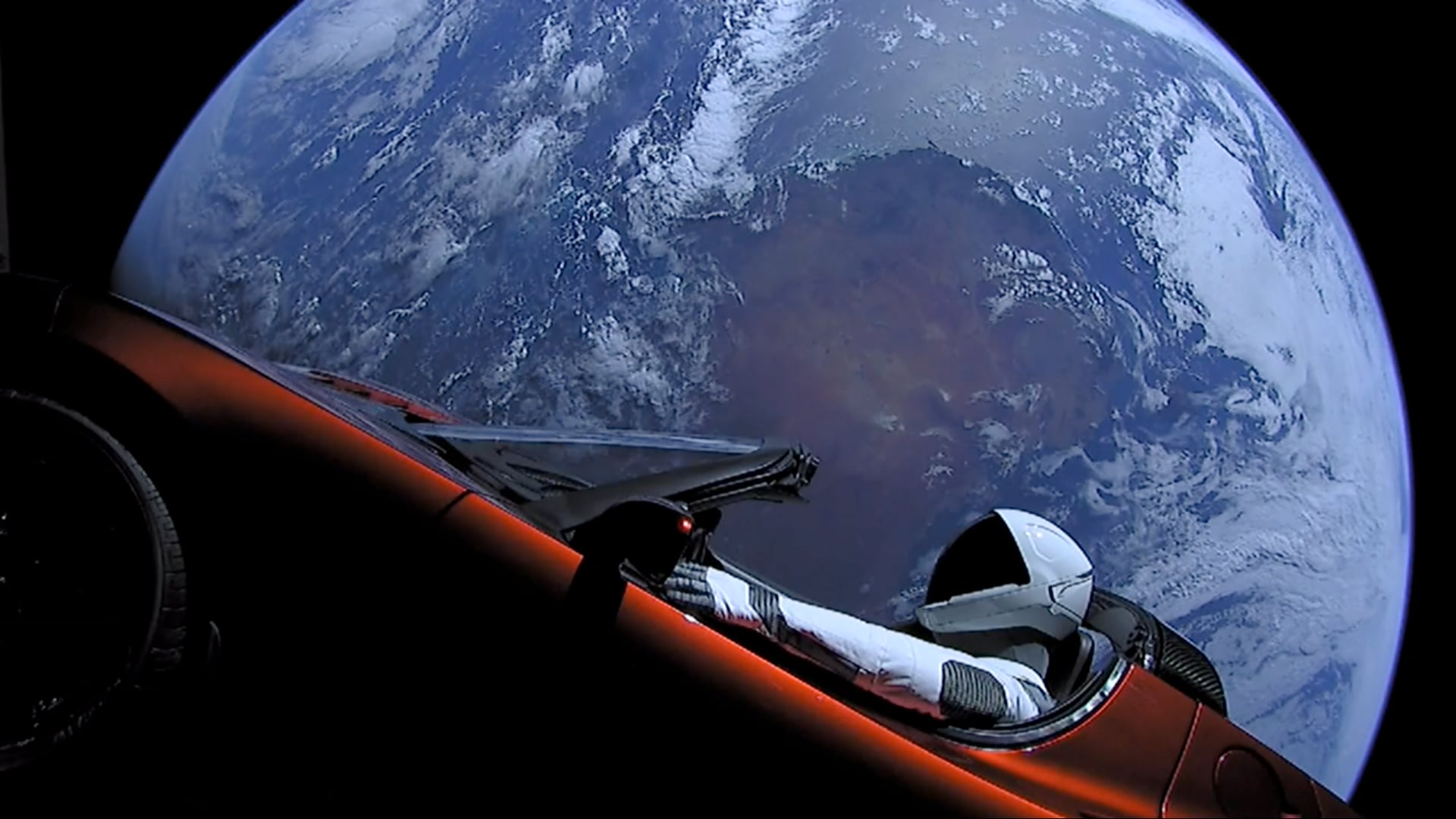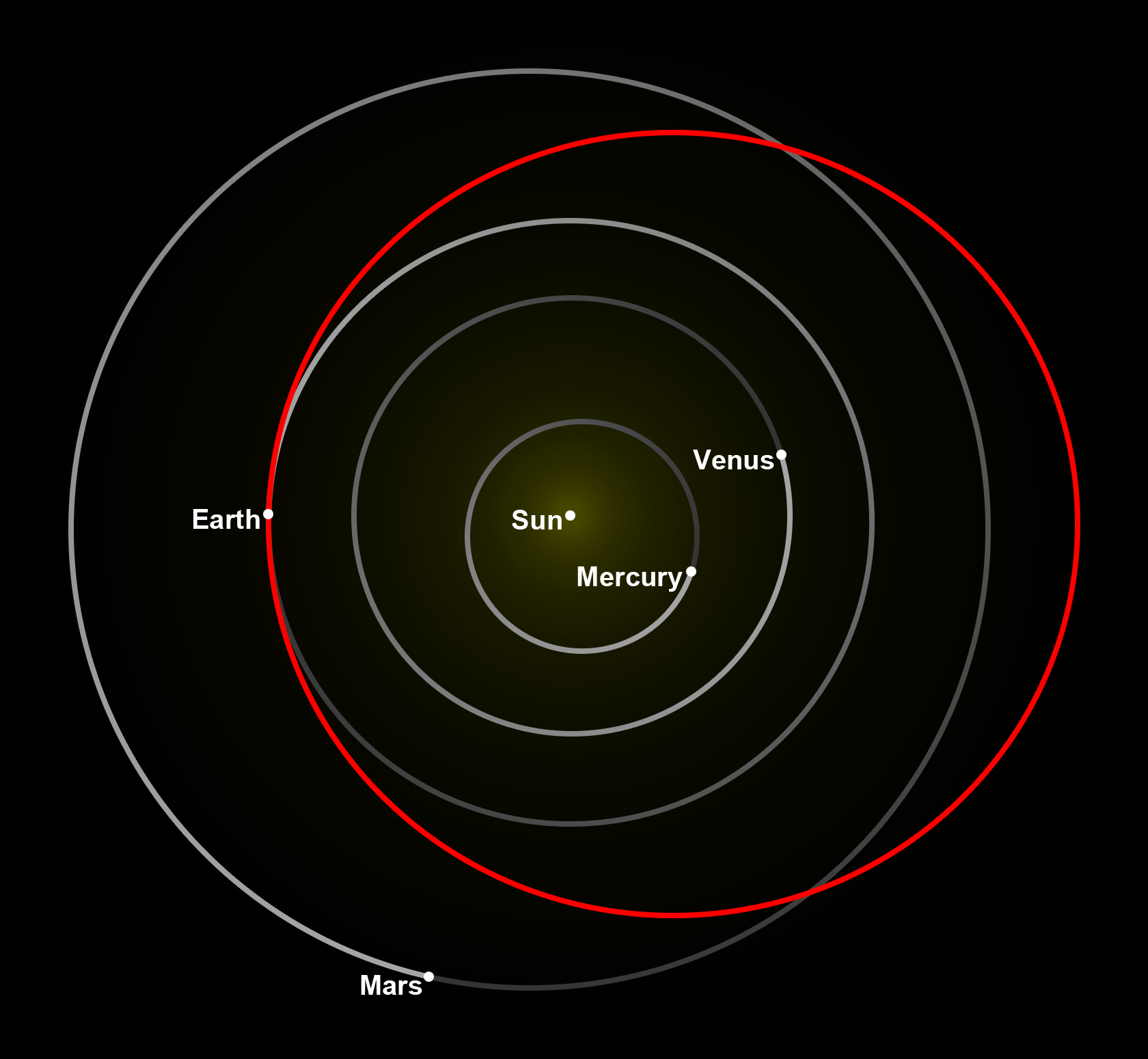
Zipping across the solar system in an electric car may seem like something straight out of a science fiction movie. However, that is exactly what Starman — a mannequin dressed in an astronaut's suit and seated inside a red Tesla Roadster — has been doing since being blasted into space aboard SpaceX's Falcon Heavy rocket on November 5, 2018.
In less than two years, Starman and the snazzy vehicle, which once belonged to Elon Musk, the founder and CEO of SpaceX and Tesla, have traveled nearly 1.3 billion miles — far enough to drive all of the roads on Earth more than 57 times over — and completed 1.7507 orbits around the Sun. On October 7, 2020, the space pioneers reached a new milestone when they got to within 5 million miles of Mars. "Starman, last seen leaving Earth, made its first close approach with Mars today — within 0.05 astronomical units, or under 5 million miles, of the Red Planet," SpaceX announced via Twitter.

The flyby was calculated by Jonathan McDowell of the Harvard-Smithsonian Center for Astrophysics. Since neither the Tesla nor the Falcon Heavy rocket's second stage, upon which it is perched, has signal tracking software, the scientist had to use the same gravitational data that NASA uses to steer its space probes. "It's a pretty confident extrapolation because we understand gravity pretty well," McDowell told Business Insider. "The only thing that could throw you off is what we call outgassing: If there was leftover fuel, or if the paint job on the Tesla carriage came off, that acts as a little rocket that pushes it forward. But that won't change it much."
McDowell says that during the flyby, Mars would have most likely appeared about 10 percent the size of the Moon from Earth. "It's a long-distance," the astronomer told CNN. "Mars would appear about 1/10 the diameter of the Moon, so small but not a point."
The expert says the Roadster and its passenger will achieve an even closer flyby of Earth in 2047 when it will pass within 3.1 million miles of our planet. Unfortunately, the distance will still be too far to observe the duo from our planet.
Starman's space launch was not just a slick PR stunt by SpaceX. The company needed a payload to test the Falcon Heavy rocket's first flight without risking human lives, and the dummy and car were ideal candidates for the job. Researchers at the University of Toronto predict that the two will continue gliding across the solar system for millions of years and have close encounters with Mercury and Venus. While there is a small probability — less than 6 percent — of them eventually crashing back to Earth, experts believe the intrepid space travelers are most likely to be swallowed by the Sun or crash into Venus.
Resources: Space.com, syfy.com, Businessinsider.com
